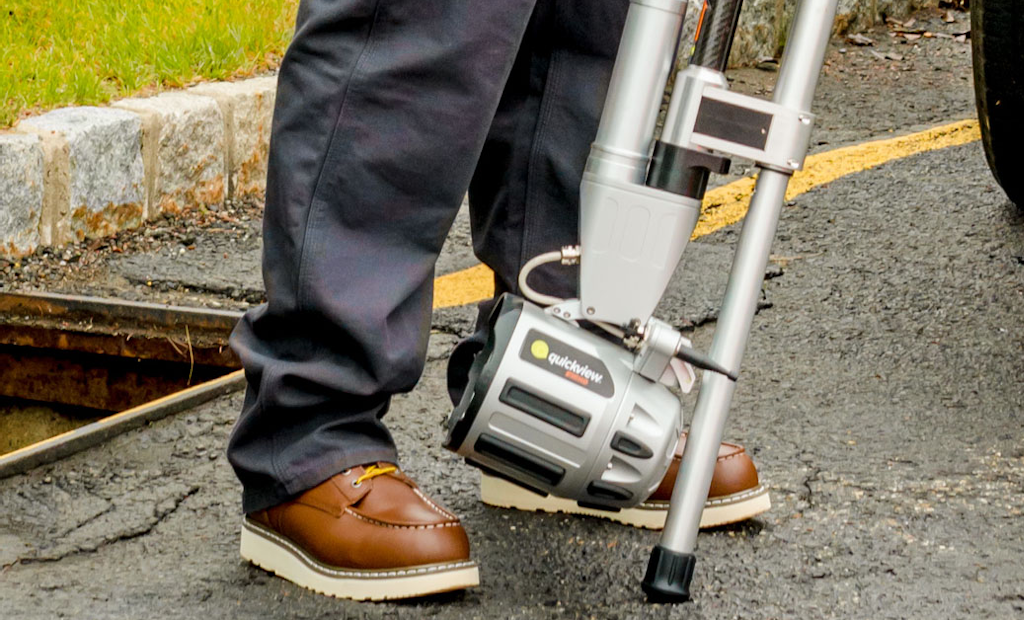A new year means new challenges; but, the new year also comes with new technology and workflows to meet those challenges. In order to keep up with the changing landscape of the wastewater industry, we identified a few trends to keep an eye on.
1. Efficiency - As the infrastructure needs of our communities grow but budgets fail to keep pace, wastewater workers continue to find new ways to do more with less. In 2019, that trend will become even more prevalent. One way to improve efficiency is by using more effective equipment for initial assessments. Pole cameras and video nozzles are great ways for cities of all sizes to quickly identify issues in their lines without deploying expensive assets.
2. LED UV - UV CIPP has quickly been gaining popularity across the globe. The newest method for curing CIPP liners, it provides a stronger liner while saving time and eliminating styrene (and the ratepayer complaints that accompany styrene emissions). LED UV cure is the next big development in curing technology. With more efficient lights, LED requires less power than traditional UV. Along with the energy savings, LED also offers a major benefit: felt curing. Traditional UV curing only functioned with glass fiber-reinforced plastic, limiting its use to locations where pull-in-place was feasible. With LED, invertible felt is an option, opening it up to many more applications.
3. Cloud storage - The need for data storage is growing exponentially and taxing resources. More data requires more servers that require more space, power, backup and maintenance personnel. As technologies advance and more data and information is collected — particularly with the advent of HD video — the need for storage can easily eclipse the resources a city has available. That’s why many are turning to cloud storage for inspection footage, reports, analysis and even software. Investing in cloud storage relieves the burden of building and maintaining these facilities, freeing up resources for other projects in the collection system.
4. Artificial intelligence - AI is the ultimate future technology, with self-driving cars and digital assistants on cellphones. Now, some pipeline rehabilitation companies are working on automating defect identification. Programmers are hoping to speed up the inspection process so workers are free to focus on cleaning and repair efforts. While nothing can replace an experienced operator with a sharp eye, the future of AI could alleviate busy work and leave operators where they’re needed most.
What trends and technologies are on your radar for 2019? Tell us on social media. Share your thoughts.
Visit the Envirosight Storefront






